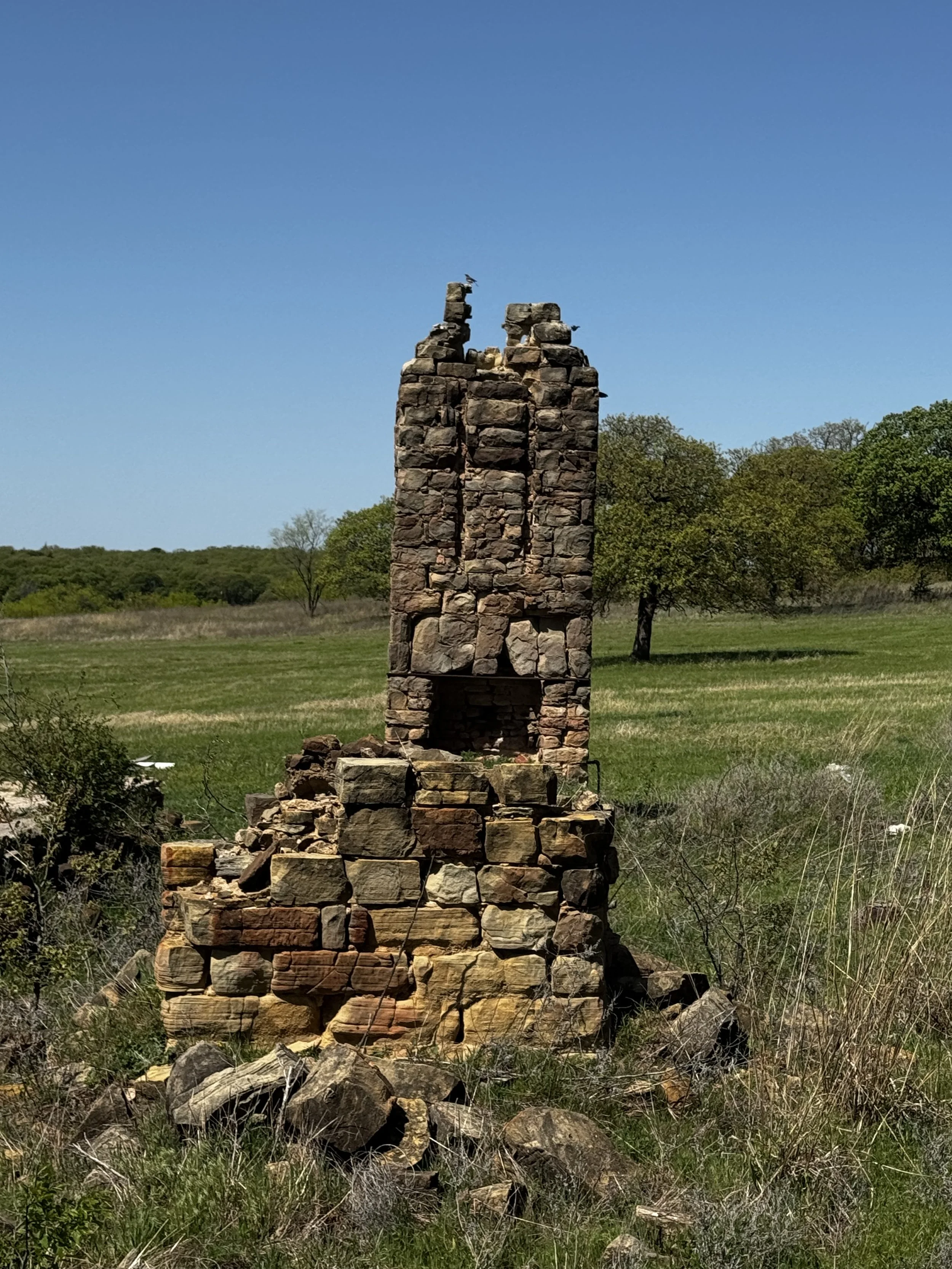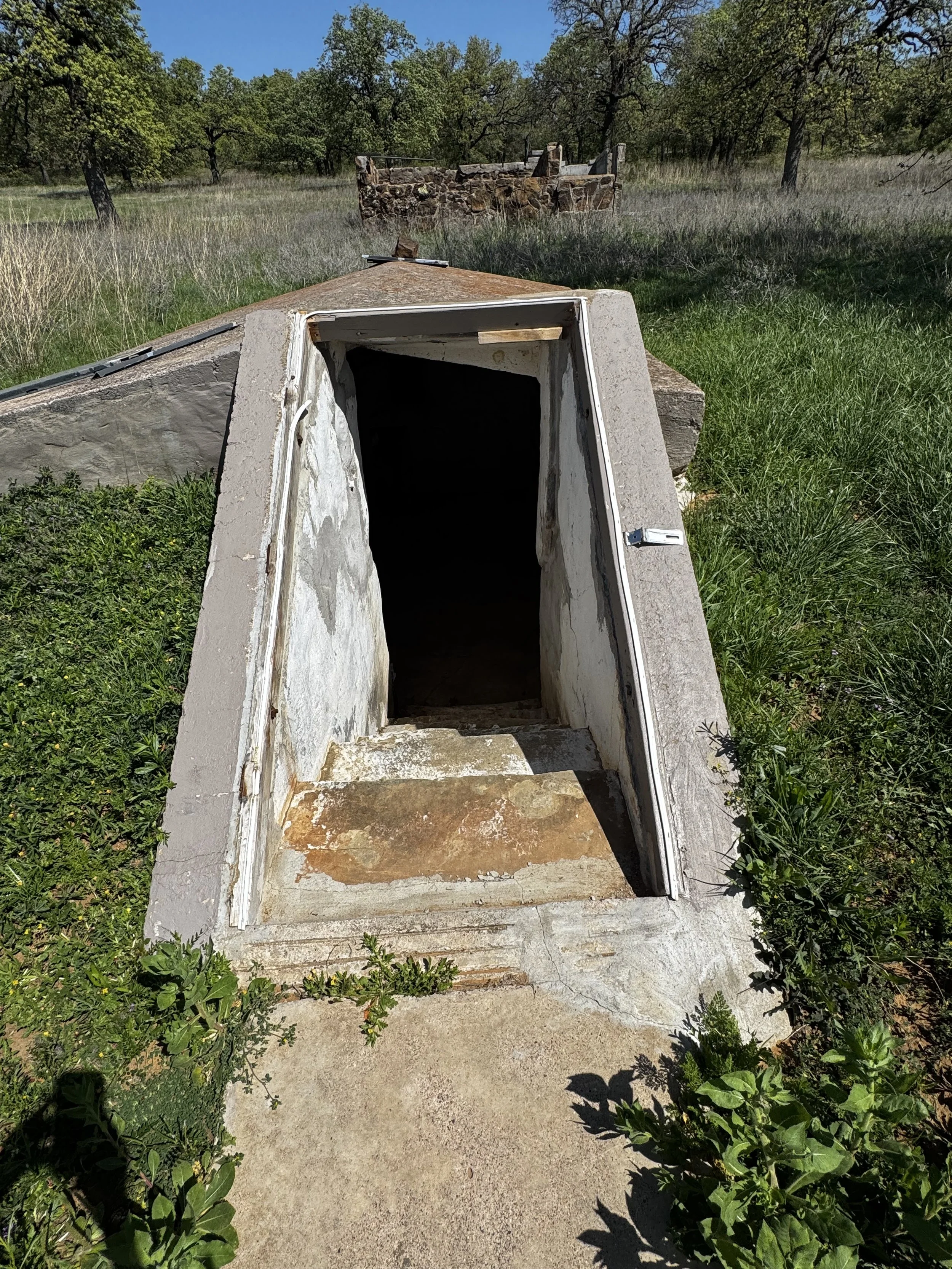The Story Beneath Our Feet
A story of memory, mystery, and the past beneath our feet
Ever since we purchased the ranch, I’ve been curious about its history.
I’m not sure why. Maybe it’s the silence here… how it doesn’t feel empty, but expectant. Like the land is holding its breath, waiting to be heard.
In another life… what feels like a lifetime ago… I lived and breathed history. I knew so little of my own, but I was drawn to the stories of others. History was storytelling. It was the quiet thrill of uncovering what came before, and how those before us shaped everything we stand on today.
So one afternoon, I followed that curiosity.
At first, it was just for me… for understanding, maybe for connection. But then I started to wonder: What if I shared what I’ve found? What if someone reading this knows something I don’t… or remembers a piece of this land’s story that hasn’t yet been told?
Because the more I uncovered, the more I realized: this land is holding a story. And it deserves to be remembered.
Before Roads and Fences
Long before barns, fences, or maps with tidy borders, this land was wild and sacred. It belonged to no one, and to everyone.
The area we now know as Clay County, Texas was once the hunting ground and home of the Comanche, Kiowa, and other Indigenous peoples. They traveled through these hills, followed the rivers, and lived in harmony with the rhythms of nature.
But by the mid-1800s, that balance began to shift.
In 1857, Clay County was officially marked on a map, inviting settlers with the promise of land. But peace was hard to come by. The region saw frequent raids and conflict, and in 1863, the area was “disorganized” essentially abandoned due to the danger.
Only after the Red River War of 1874–75, when Indigenous peoples were forcibly relocated to reservations, did settlement take root again. The land rush began. And with it came towns, farms, and the reshaping of everything once known.
A Town Called Vashti
The Vashti, Texas road sign silhouetted against the setting sun… an emblem of a once-bustling town that now whispers its story through quiet roads and fading skies.
Just down the road from our ranch sits the quiet town of Vashti. Today, it’s little more than a name on a sign… but in the early 1900s, it was a thriving rural hub.
Founded in the 1880s and named by postmaster Dave Taylor after his niece, Vashti Strahan, the town quickly became a center of rural life.
There was a post office, cotton gin, blacksmith, drugstore, and several general stores. By the 1920s, it had six churches, reflecting the strong sense of community and faith. Vashti was more than a settlement. It was a gathering place… where trade, worship, and celebration intertwined.
The Broom Family and the Land We Now Call Home
All that remains of the Broom family home now stands in quiet resilience… this stone fireplace, weathered by decades of wind, seasons, and silence. Once the heart of a bustling home, it now marks the memory of warmth, gathering, and the life once lived on this land.
In 1892, Robert B. Broom, a Georgia-born settler, married Sarah Olive Welch here in Clay County. They settled just south of Vashti… on the very piece of land we now walk.
They raised children, farmed, and built a life here. I’ve spoken with locals who remember visiting “the Broom place” as children… for meals, music, and porch gatherings under the stars.
Though their house no longer stands, traces of it remain:
Stone foundations. A storm cellar. The outline of a porch. And one enduring chimney… weathered by time but still standing tall.
The Brooms stayed through the boom and the hardship. As cotton faded and the Great Depression hit, many moved on. But the land- their land… remained.
The Layers Beneath Us
With every record I found, the past became more personal.
But this story doesn’t belong only to the Broom family. It belongs to all the people who lived and worked this land… from Indigenous peoples to early ranchers to modern-day stewards like us.
This land has witnessed ceremony and sorrow. Growth and loss. It has fed families and buried them. It has stood quietly through every season of change.
And now, it speaks through what remains.
Why It Matters
The entrance to the storm cellar opens like a threshold to the past… its concrete steps leading not just below ground, but deeper into memory. A place once used for shelter, now it quietly holds the echoes of those who came before.
We didn’t just buy land. We inherited a story.
We became the next chapter in something much older than ourselves. And once I realized that, I couldn’t look at the land the same way again.
Now, when I walk through the pasture, or rest near the chimney, or stand in stillness beneath the wind… I feel it. That hum. That knowing. That history.
It isn’t just nostalgia. It’s reverence.
The Invitation
A doorway without a house, framing the wide open land. It stands like a question mark… what stories passed through it, and what remains just beyond the threshold? Time has taken the walls, but left the invitation.
If you knew the Broom family,
If you lived in or near Vashti,
If you remember stories passed down about this land—
I’d love to hear them.
This is just the beginning of what I’ve uncovered. But I know there’s more.
More voices. More truth. More life waiting to be remembered.
Because the story beneath our feet isn’t finished.
And the land… it still remembers.
Maybe you do too.
With gratitude for the past,
And hope for the seasons ahead,
The Essex Ranch
Sources & Historical References
The history shared in this post was compiled from a variety of trusted sources, including official archives, historical societies, and local oral history:
- Handbook of Texas Online – [Vashti, TX Entry](https://www.tshaonline.org/handbook/entries/vashti-tx), Texas State Historical Association
- Clay County Historical Timeline– Clay County Historical Society (early settlement, Civil War, land disorganization)
- Portal to Texas History – Fort Richardson documents and Indigenous history in North Texas
- Texas General Land Office – Land grant records and early settlement plats for Clay County
- TXGenWeb – Clay County Project – Genealogical records and newspaper clippings (including Broom family references)
- Montague County Newspaper Archives – Mentions of the Broom family, local events, and rural life in the early-to-mid 1900s
- Liberty and Bellevue Cemetery Records – Burial sites and dates connected to the Broom family
- Oral Histories – Shared by residents and neighbors familiar with Vashti and “The Broom Place”



